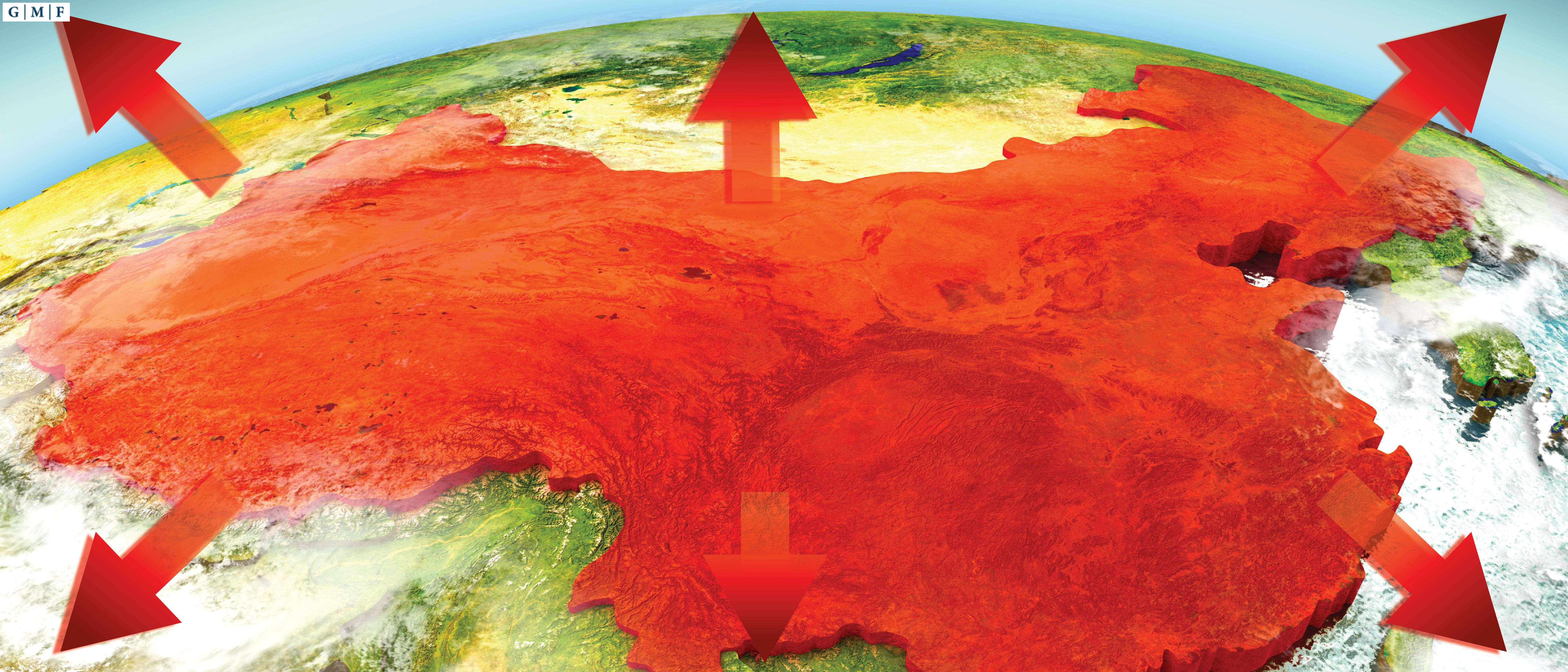Scotland's Coastal Revival: The Importance Of Seagrass Restoration Projects

Table of Contents
The Ecological Significance of Seagrass in Scotland's Coastal Waters
Seagrass meadows are often referred to as the "lungs of the sea," playing a critical role in the health of Scotland's coastal waters. Their ecological importance is multifaceted:
Biodiversity Hotspots
Seagrass beds are incredibly biodiverse habitats, acting as nurseries and feeding grounds for a vast array of marine life. They provide essential shelter and sustenance for numerous species.
- Examples of species: Common species found in Scottish seagrass beds include commercially important fish like cod and plaice, along with invertebrates such as sea urchins and various crustaceans. Important seabird species, like red-throated divers, also rely on the ecosystem. The critically endangered European eel utilizes seagrass beds as nursery habitats.
- Biodiversity Statistics: Studies estimate that seagrass meadows support up to 40 times more life than surrounding sandy areas. The exact biodiversity figures for Scottish seagrass are still under research but indicate significant numbers of protected and endangered species.
Carbon Sequestration
Seagrass is remarkably efficient at capturing and storing atmospheric carbon dioxide – a process known as "blue carbon." This makes seagrass meadows vital in mitigating climate change.
- Carbon Sequestration Potential: While precise figures for Scottish seagrass carbon sequestration are still being refined, research suggests a significant contribution to national carbon reduction targets. Seagrass can store carbon at rates exceeding those of terrestrial forests.
- Comparison to Other Carbon Sinks: Seagrass meadows are recognized as one of the most effective carbon sinks per unit area, rivaling even tropical rainforests in their carbon sequestration capacity.
Coastal Protection
Seagrass beds act as natural barriers, reducing coastal erosion and protecting shorelines from storm damage. Their dense root systems stabilize sediments and dissipate wave energy.
- Mechanisms of Coastal Protection: Seagrass roots bind sediment, preventing erosion and reducing the impact of waves on the coastline. The dense vegetation acts as a buffer, absorbing wave energy and reducing the impact of storms.
- Examples in Scotland: Areas with extensive seagrass beds in Scotland benefit from reduced erosion, particularly during storm surges. The protection provided by seagrass meadows reduces the need for expensive artificial coastal defenses.
Current Threats to Scotland's Seagrass Meadows
Despite their ecological importance, Scotland's seagrass meadows are facing significant threats:
Pollution
Pollution from various sources significantly impacts seagrass health. Nutrient runoff from agriculture, sewage discharge, and industrial pollutants are major concerns.
- Specific Pollutants: Excess nutrients cause algal blooms which reduce light penetration, suffocating seagrass. Chemical pollutants can directly harm seagrass plants and the organisms that depend on them.
- Sources and Effects: Agricultural runoff is a primary source of nutrient pollution, while sewage discharge introduces harmful pathogens. Industrial pollutants can contain heavy metals and toxins that damage the seagrass ecosystem.
Physical Damage
Boating activities, dredging, and coastal development cause significant physical damage to seagrass habitats.
- Examples of Damage: Boat propellers can uproot seagrass plants, while dredging destroys large areas of seabed habitat. Coastal development can lead to habitat loss through land reclamation and shoreline modification.
- Impact on Seagrass Populations: Physical damage fragments seagrass meadows, hindering their ability to recover and reducing their overall area and biodiversity.
Climate Change
Climate change exacerbates existing threats and introduces new challenges for seagrass ecosystems.
- Specific Climate Change Impacts: Rising sea temperatures can cause stress and mortality in seagrass. Ocean acidification reduces the ability of seagrass to form their calcium carbonate structures. Increased storm frequency and intensity lead to physical damage.
- Predicted Future Changes: Continued climate change is projected to further reduce the extent and health of Scotland's seagrass meadows, emphasizing the urgency of restoration efforts.
Seagrass Restoration Techniques and Success Stories
Several techniques are employed in Scotland's seagrass restoration projects:
Seed Collection and Planting
This involves collecting mature seagrass seeds and planting them in suitable locations.
- Specific Techniques: Seeds are collected from healthy meadows and planted either by hand or using specialized equipment. Careful site selection is crucial to ensure suitable sediment conditions and light availability.
- Challenges and Success Rates: Seed germination and survival rates can be variable, depending on environmental factors. However, recent projects have shown encouraging success rates, with established seagrass meadows developing in previously degraded areas.
Transplantation of Seagrass Shoots
Existing seagrass shoots are transplanted to degraded areas.
- Success Rates and Challenges: Transplantation can be more successful than seed planting in the short term, as established plants are more resilient. However, the availability of suitable donor meadows and the cost of transplantation can be limiting factors.
- Comparison with Seed Planting: While transplantation offers quicker results, seed planting offers a larger-scale approach and can be more cost-effective in the long term.
Habitat Creation and Enhancement
This involves creating suitable conditions for seagrass growth through measures like sediment management and pollution control.
- Examples of Projects: Projects may involve improving water quality through reduced nutrient runoff, restoring sediment dynamics, and mitigating the impact of physical disturbances.
- Outcomes: Improved water quality and sediment conditions create more favorable habitats for seagrass establishment and growth.
Successful projects, such as those in the Firth of Clyde, demonstrate the effectiveness of these restoration techniques. These projects provide quantifiable data on seagrass recovery, biodiversity increase, and carbon sequestration gains, showcasing the positive impact of restoration initiatives.
Conclusion
Seagrass restoration projects are essential for Scotland's coastal revival. By actively restoring and protecting these vital ecosystems, we can safeguard biodiversity, enhance coastal resilience, and contribute to climate change mitigation. These projects not only benefit the environment but also support sustainable economic activities in coastal communities. Get involved in supporting and learning more about seagrass restoration projects in Scotland. Discover how you can contribute to the future of our coastlines and participate in the ongoing effort to revitalize Scotland's precious seagrass meadows. Join the movement to protect and restore these crucial ecosystems – your involvement in seagrass restoration and conservation efforts is vital for a thriving Scottish coastline.

Featured Posts
-
 Gigi Hadid Opens Up About Bradley Cooper A Rare Glimpse
May 05, 2025
Gigi Hadid Opens Up About Bradley Cooper A Rare Glimpse
May 05, 2025 -
 Bruno Surace Vs Jaime Munguia 2 Canelo Scull Undercard Showdown On May 6th
May 05, 2025
Bruno Surace Vs Jaime Munguia 2 Canelo Scull Undercard Showdown On May 6th
May 05, 2025 -
 Is Canelo Avoiding Crawford Benavidez Fight Hints At Mexican Disrespect
May 05, 2025
Is Canelo Avoiding Crawford Benavidez Fight Hints At Mexican Disrespect
May 05, 2025 -
 Breaking Free How Advanced Electric Motors Can End Chinas Dominance
May 05, 2025
Breaking Free How Advanced Electric Motors Can End Chinas Dominance
May 05, 2025 -
 Final Touches Churchill Downs Renovation Update Ahead Of The Kentucky Derby
May 05, 2025
Final Touches Churchill Downs Renovation Update Ahead Of The Kentucky Derby
May 05, 2025
